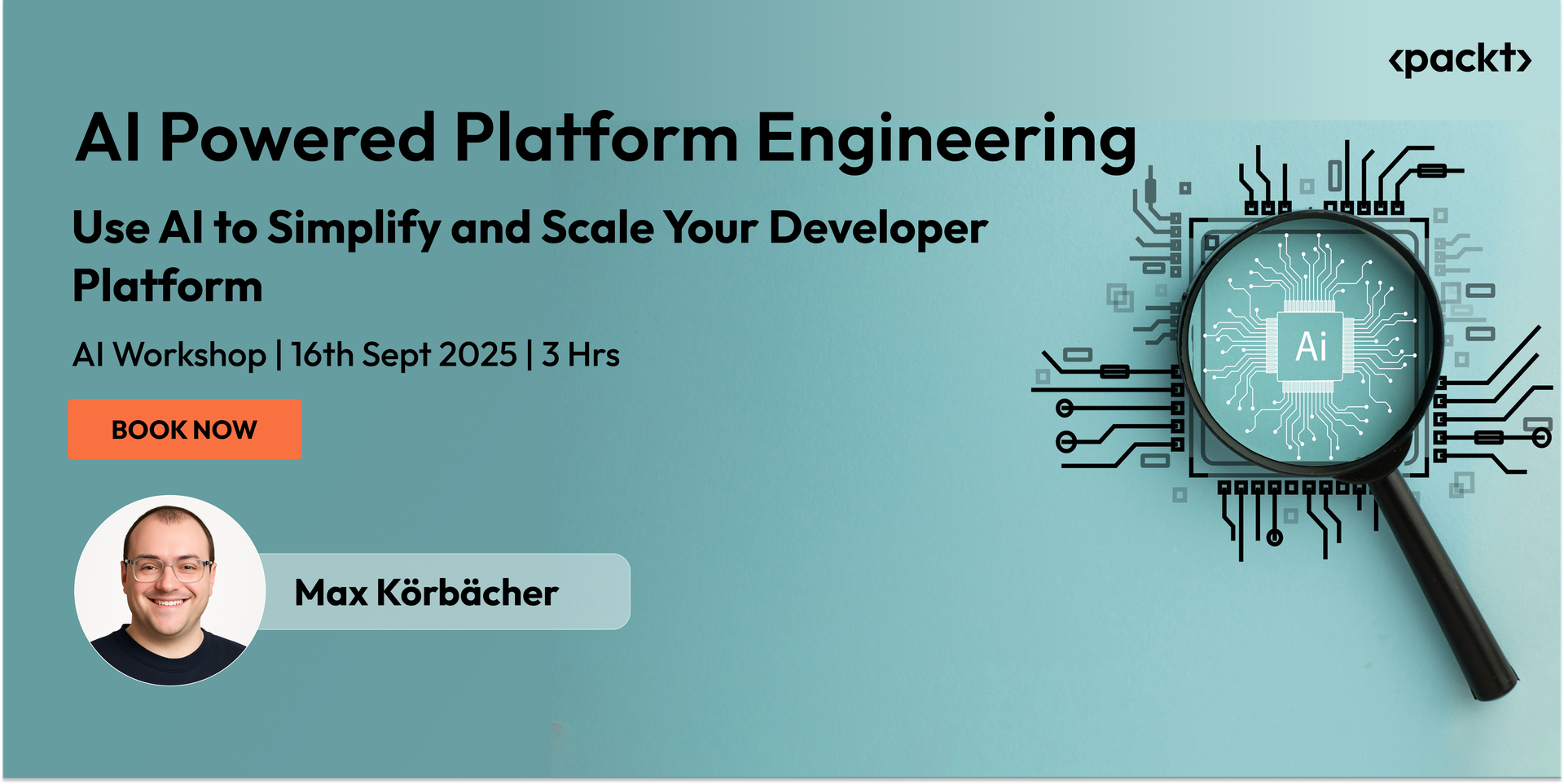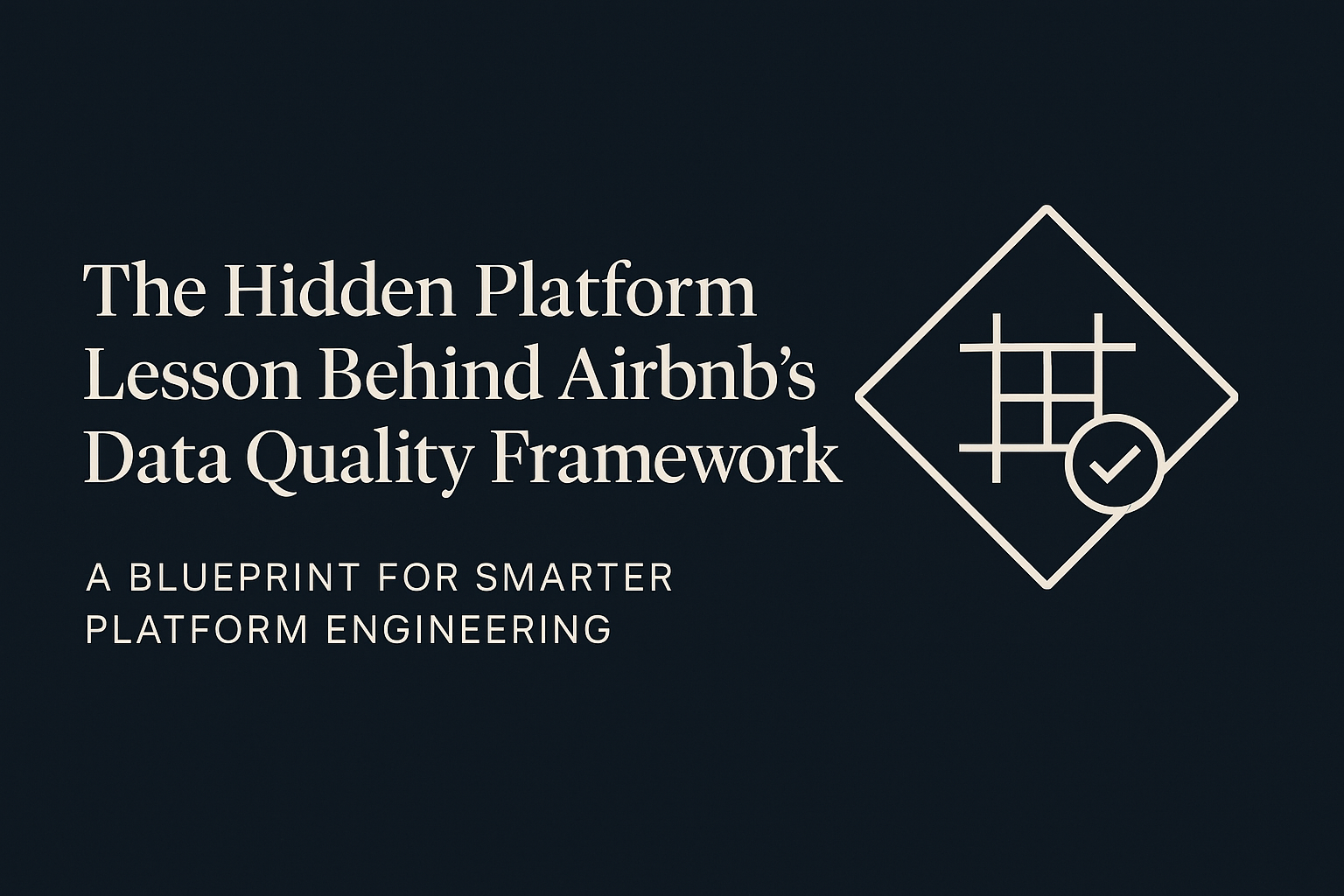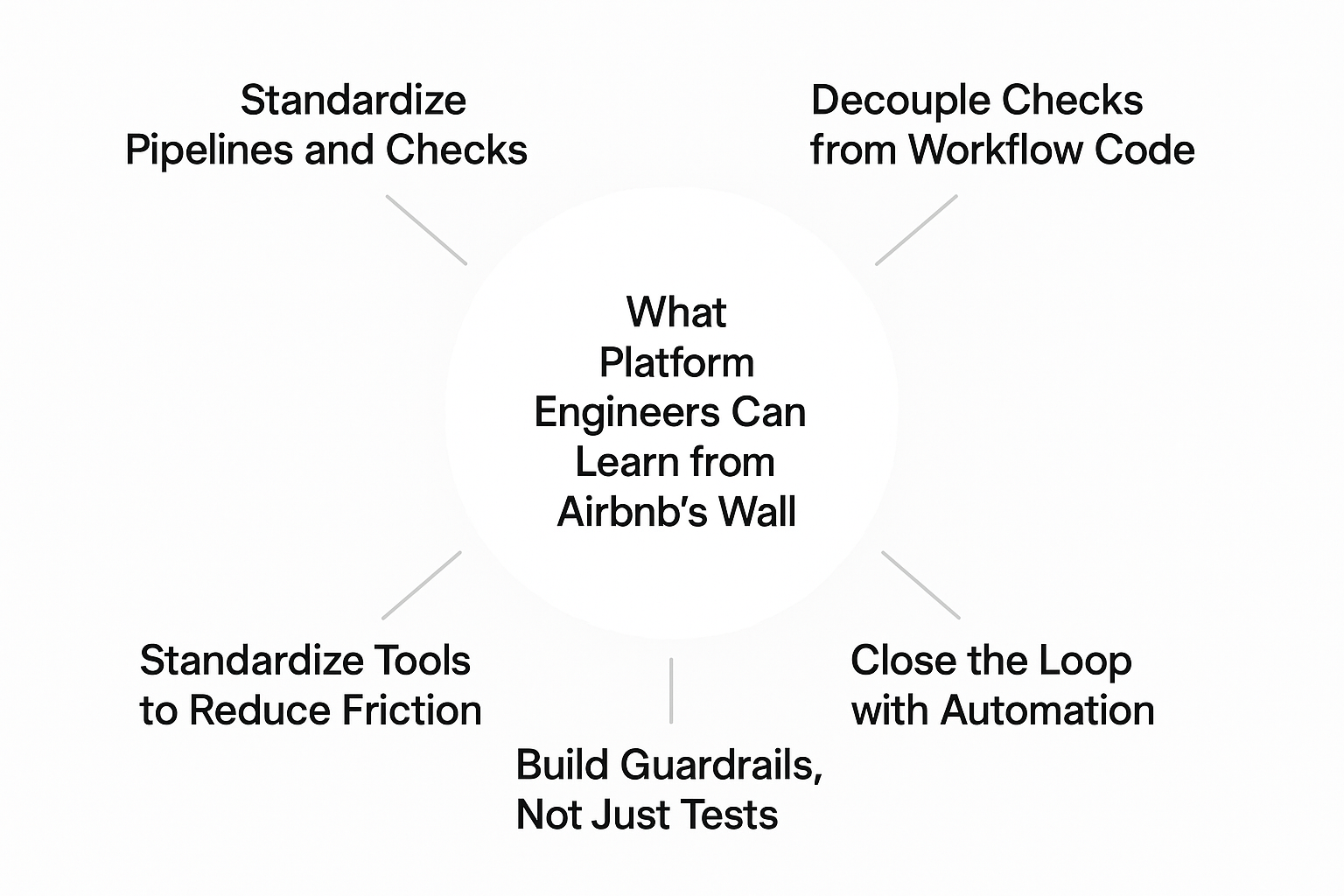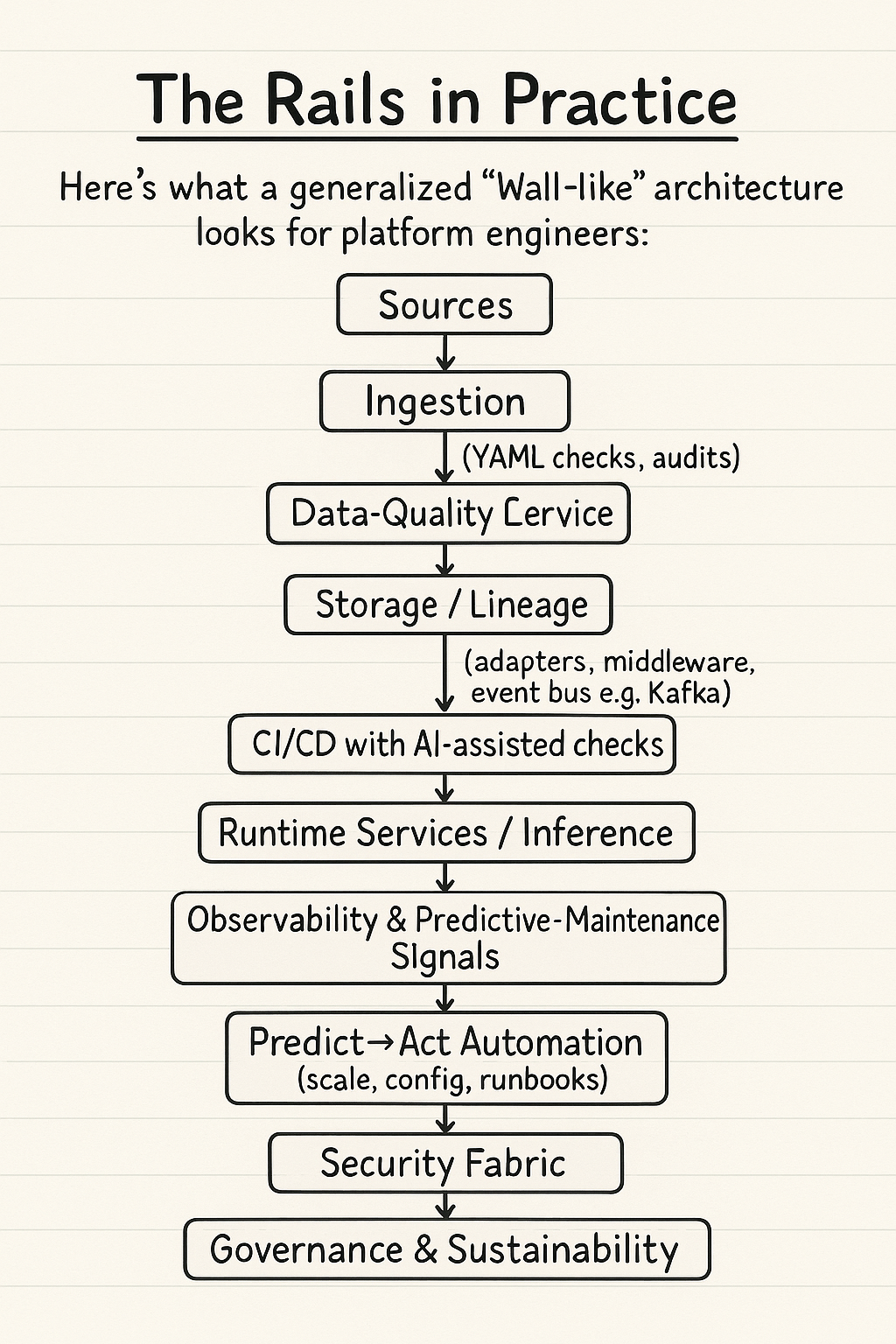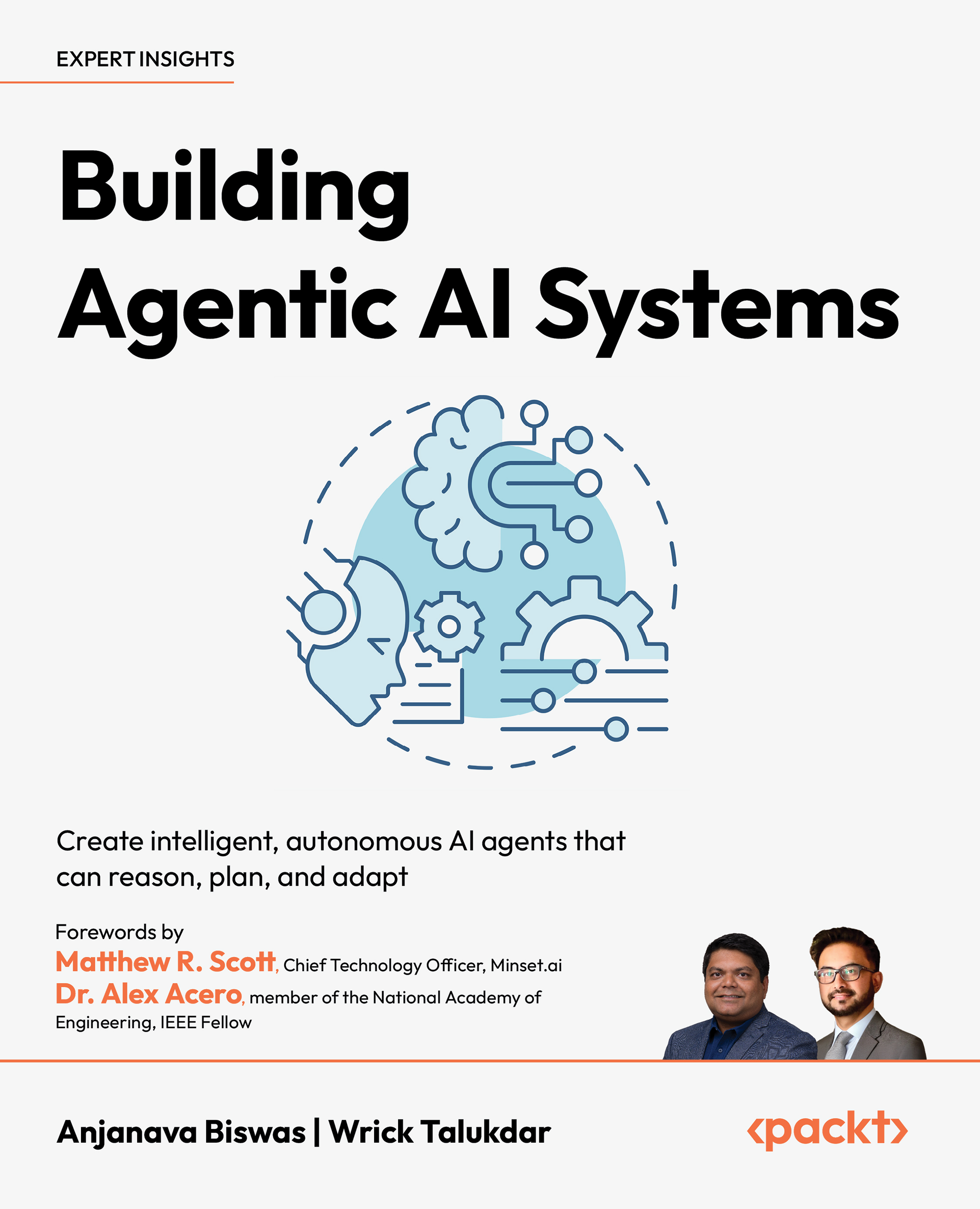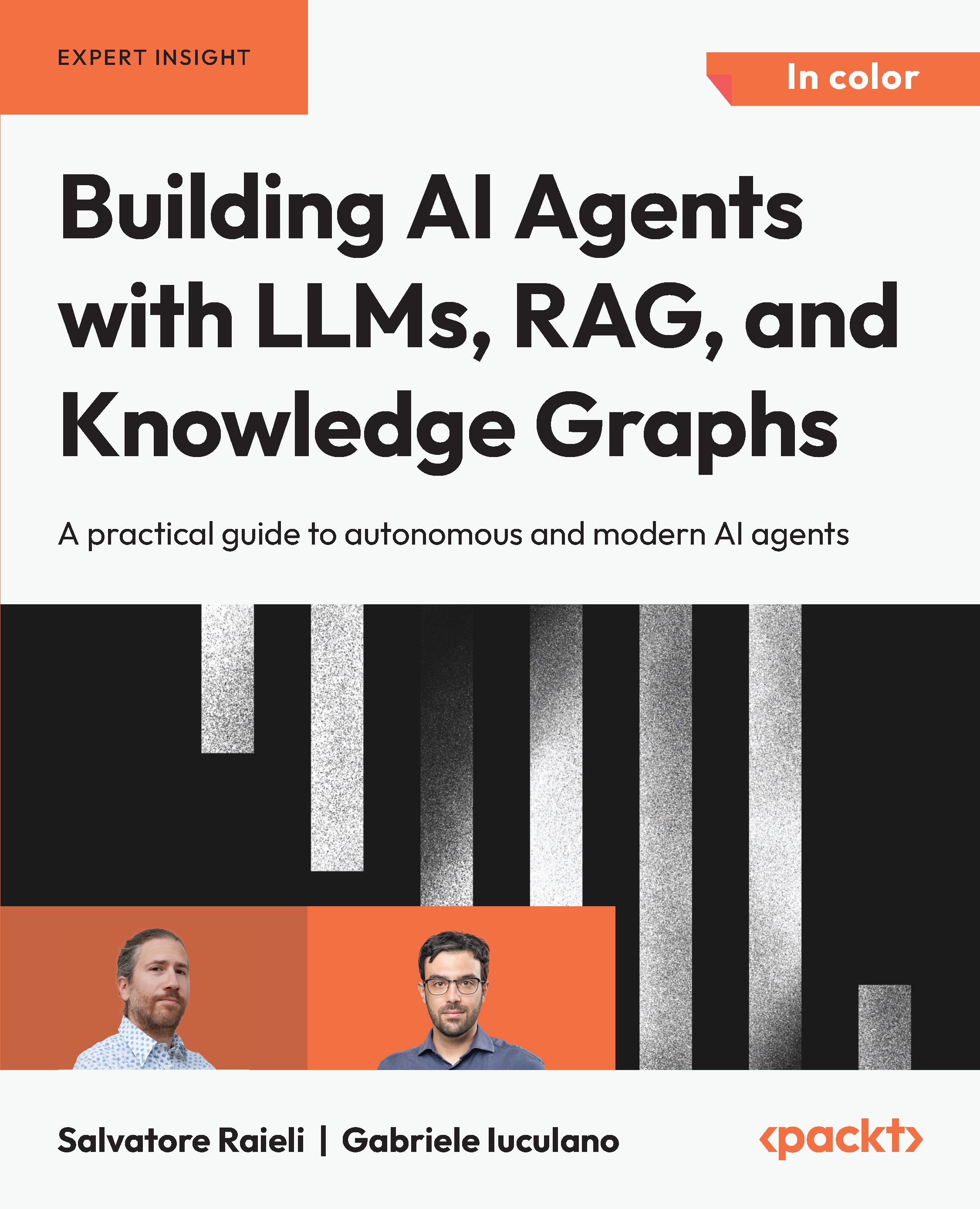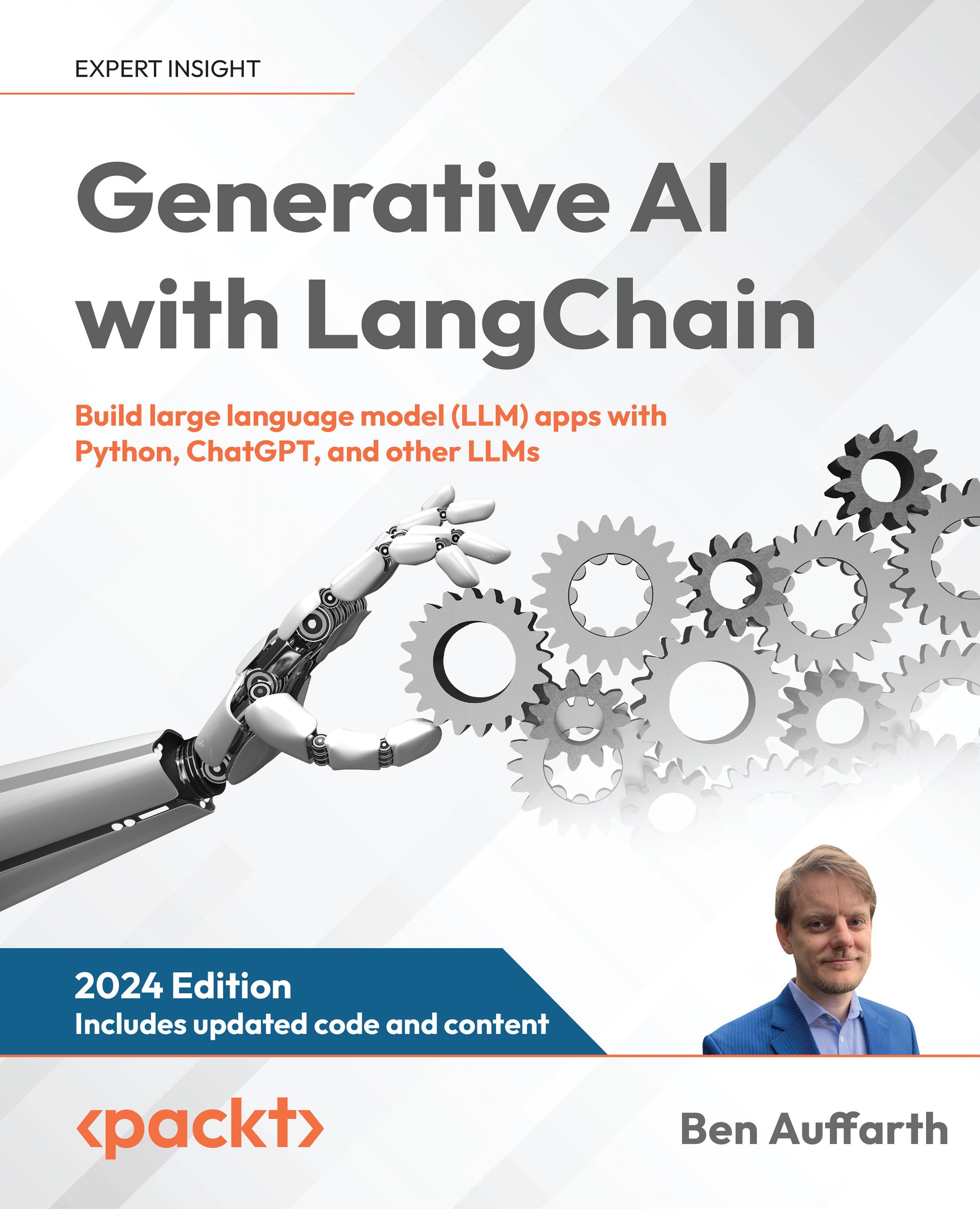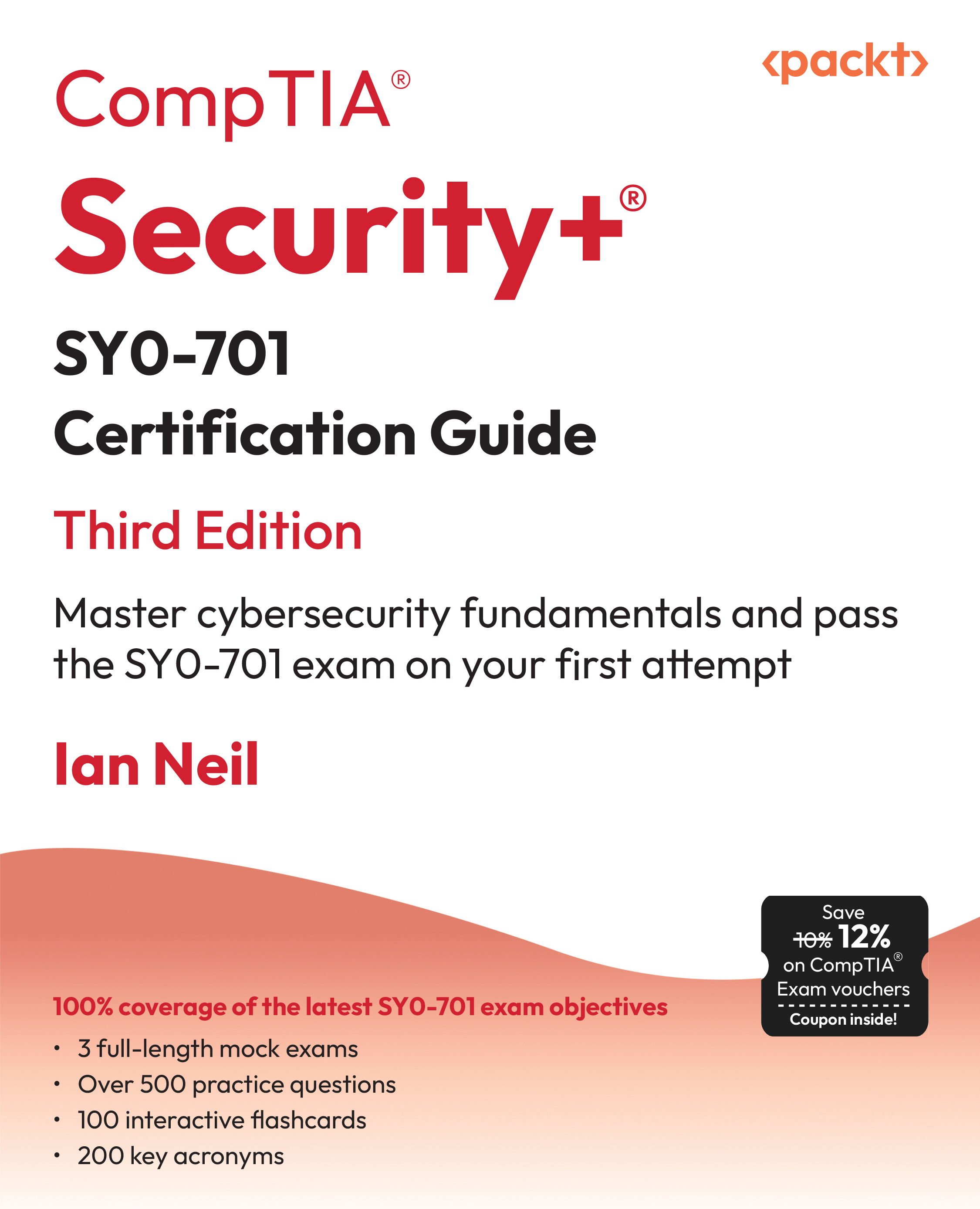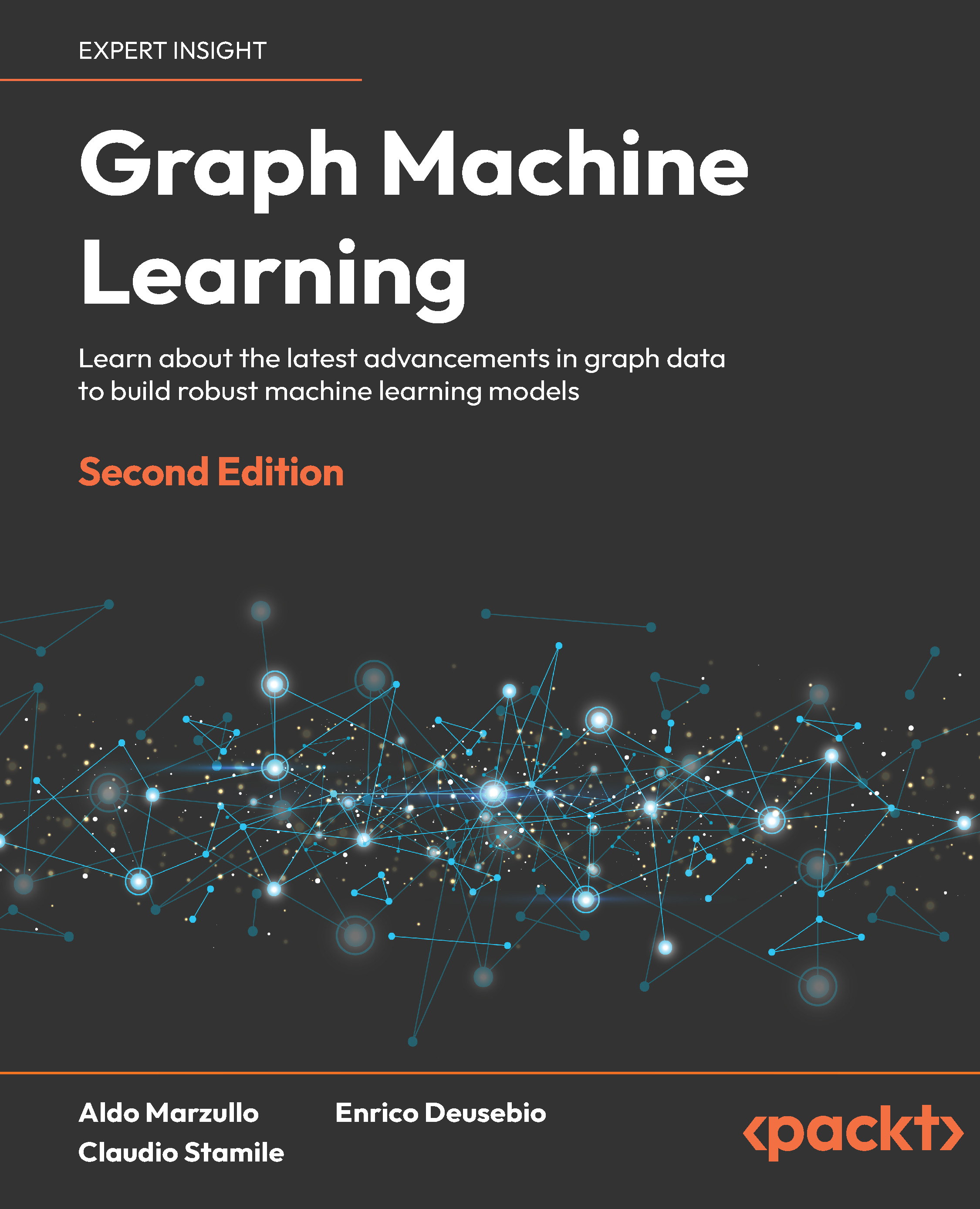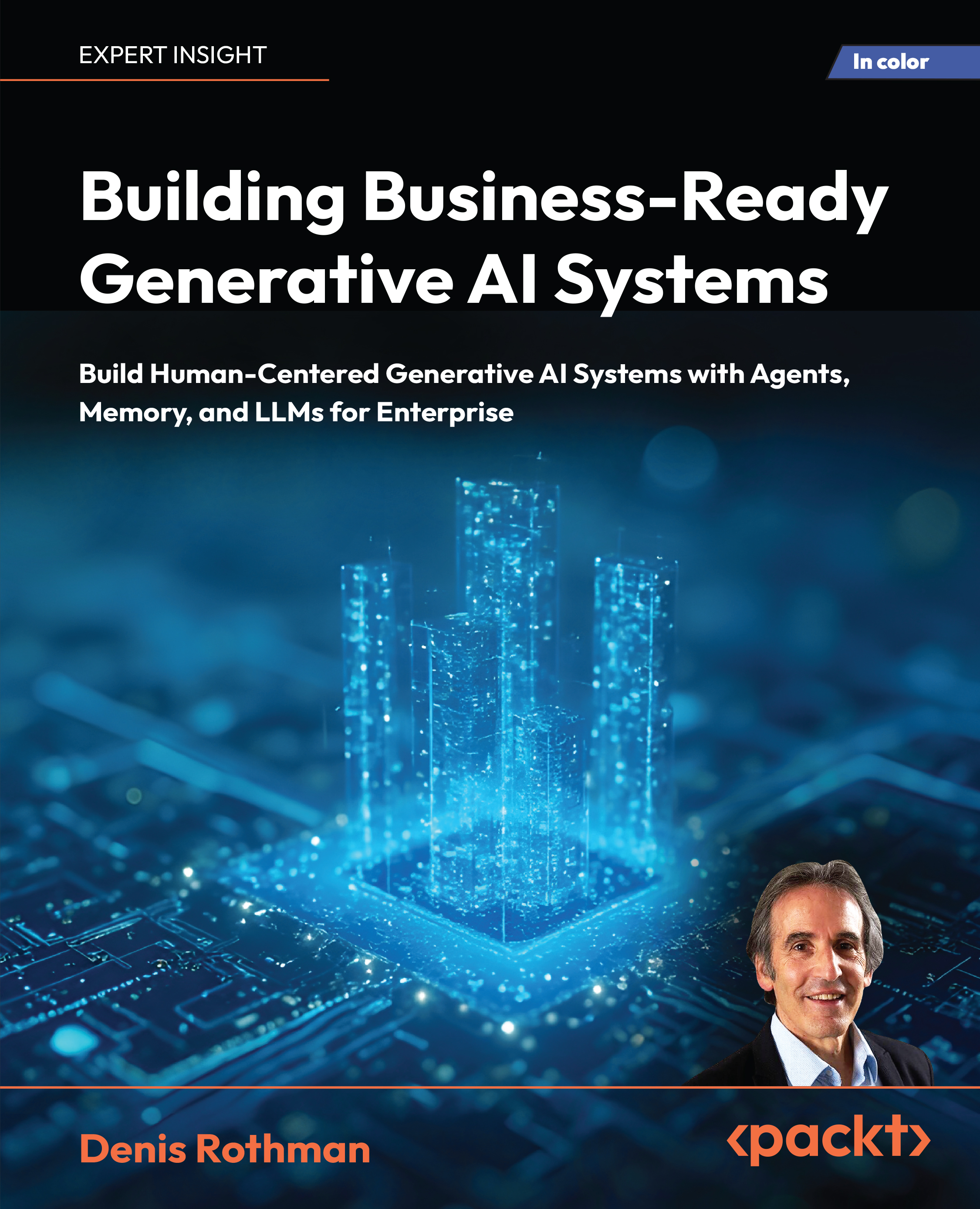A few years back, Airbnb hit a painful truth: a single data bug could quietly poison dashboards, mislead teams, and steer decisions the wrong way.
To deal with it, Airbnb launched a Data Quality Initiative. The company rolled out Midas, a certification process for critical datasets, and made checks for accuracy, completeness, and anomalies mandatory.
It sounded good on paper. But in practice, it quickly turned into a mess.
Every team wrote checks in their own way: Hive, Presto, PySpark, Scala. There was no central view of what was covered, and updating rules meant editing code in a dozen different places. Teams duplicated effort, each building their own half-complete frameworks to run checks. And pipelines grew heavy: every check was an Airflow task, DAG files ballooned, and false alarms could block production jobs.
Airbnb needed a better path.
So, they built Wall, a single framework for checks. Instead of custom code, engineers wrote checks in YAML configs. An Airflow helper ran them, keeping logic separate from pipelines. Wall added support for blocking vs. non-blocking checks, so minor issues didn’t stop critical flows. And instead of burying results in logs, it sent them into Kafka for other systems to consume.
The results were dramatic. Some pipelines shed more than 70% of their Airflow code. Teams stopped reinventing the wheel. Data-quality checks went from fragile and inconsistent to a paved path everyone could rely on.
 United States
United States
 Great Britain
Great Britain
 India
India
 Germany
Germany
 France
France
 Canada
Canada
 Russia
Russia
 Spain
Spain
 Brazil
Brazil
 Australia
Australia
 South Africa
South Africa
 Thailand
Thailand
 Ukraine
Ukraine
 Switzerland
Switzerland
 Slovakia
Slovakia
 Luxembourg
Luxembourg
 Hungary
Hungary
 Romania
Romania
 Denmark
Denmark
 Ireland
Ireland
 Estonia
Estonia
 Belgium
Belgium
 Italy
Italy
 Finland
Finland
 Cyprus
Cyprus
 Lithuania
Lithuania
 Latvia
Latvia
 Malta
Malta
 Netherlands
Netherlands
 Portugal
Portugal
 Slovenia
Slovenia
 Sweden
Sweden
 Argentina
Argentina
 Colombia
Colombia
 Ecuador
Ecuador
 Indonesia
Indonesia
 Mexico
Mexico
 New Zealand
New Zealand
 Norway
Norway
 South Korea
South Korea
 Taiwan
Taiwan
 Turkey
Turkey
 Czechia
Czechia
 Austria
Austria
 Greece
Greece
 Isle of Man
Isle of Man
 Bulgaria
Bulgaria
 Japan
Japan
 Philippines
Philippines
 Poland
Poland
 Singapore
Singapore
 Egypt
Egypt
 Chile
Chile
 Malaysia
Malaysia
